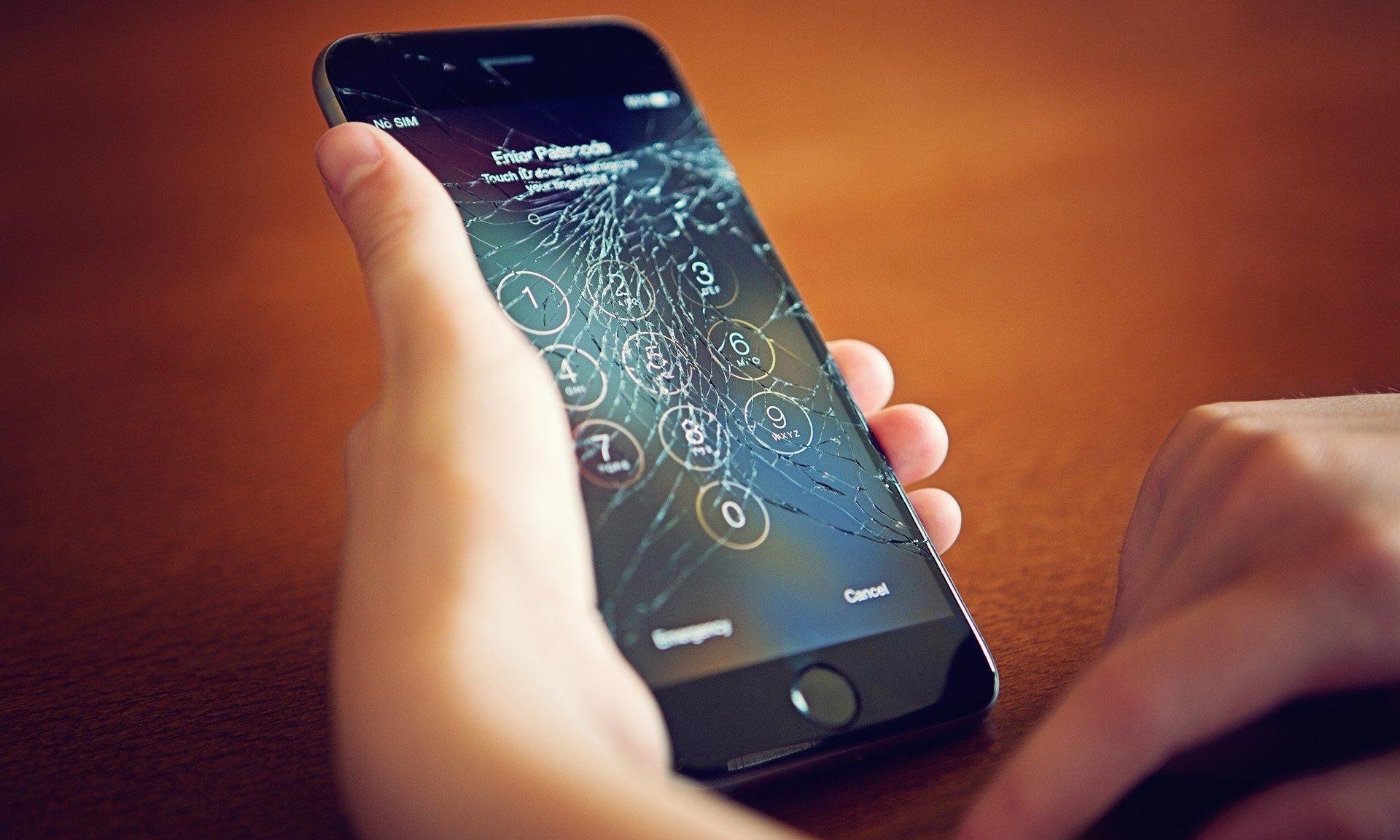Almost all cellphone users experience a cracked screen at some point. This frustrating issue can be disappointing and is expensive to fix.
 Twinkal Patel: “Our goal is to not compromise the toughness of the network while adding dynamic ability to self-heal damage and scratches.” Image Credit: Concordia University.
Twinkal Patel: “Our goal is to not compromise the toughness of the network while adding dynamic ability to self-heal damage and scratches.” Image Credit: Concordia University.
Two scientists from Concordia’s OH Research Group in the Faculty of Arts and Science are exploring ways to “self-heal” the cellphone, and their research could have wider implications.
Turning Down the Heat
One of the major difficulties in these types of projects is to maintain a balance between the mechanical and self-healing properties.
Twinkal Patel (BSc 17), PhD Candidate and Study First Author, Department of Chemistry and Biochemistry, Concordia University
The study titled “Self-Healable Reprocessable Triboelectric Nanogenerators Fabricated with Vitrimeric Poly(hindered Urea) Networks” has been reported in the ACS Nano journal.
Patel states this study excels from similar work on the topic due to its focal point on temperature.
Our goal is to not compromise the toughness of the network while adding dynamic ability to self-heal damage and scratches. We focus on achieving complete healing of scratches at just room temperature. This feature sets our research apart from others.
Twinkal Patel (BSc 17), PhD Candidate and Study First Author, Department of Chemistry and Biochemistry, Concordia University
Saving Time and Money
The research group's self-healing polymer networks were made via highly simple synthetic routes. The materials developed showed outstanding results at room temperature.
“These materials can quickly repair damages and cracks due to the self-healing mechanism. As a result, these materials save consumers time and money while also extending the lifespan of the material used and reducing environmental burden,” stated Pothana Gandhi Nellepalli, Horizon postdoctoral fellow and co-author on the paper.
Life in the Oh Lab
Patel credits the success of the project to the Oh Research Group, headed by John Oh, professor and Canada Research Chair (Tier II) in Nanobioscience in the Department of Chemistry and Biochemistry.
Oh stated, “Working here has been a great experience. During my time here I have met amazing and supportive members who have made this lab feel like a second family. I am very thankful for the mentorship I received from my supervisor to publish my first paper. I feel accomplished to see the hard work I’ve done be published.”
What Else Can This Technology do?
In the future, I would like to use self-healing polymer networks for improving the battery life of triboelectric nanogenerators. This same technology could definitely be used to extend the lifespan of cellphone batteries. In the future, we would be able to charge them just by walking.
Twinkal Patel (BSc 17), PhD Candidate and Study First Author, Department of Chemistry and Biochemistry, Concordia University
This technology enables a device to store energy and convert it into electricity by applying repeated movement. One can think of LED lights that are activated when they pass by.
Journal Reference:
Patel, T., et al. (2021) Self-Healable Reprocessable Triboelectric Nanogenerators Fabricated with Vitrimeric Poly (hindered Urea) Networks. ACS Nano. doi.org/10.1021/acsnano.0c03819.